“Interfaces are all about connections and the more money you spend, the more options you’ll get in return”: New to audio interfaces? Start here
A basic guide to getting sound in and out of your computer
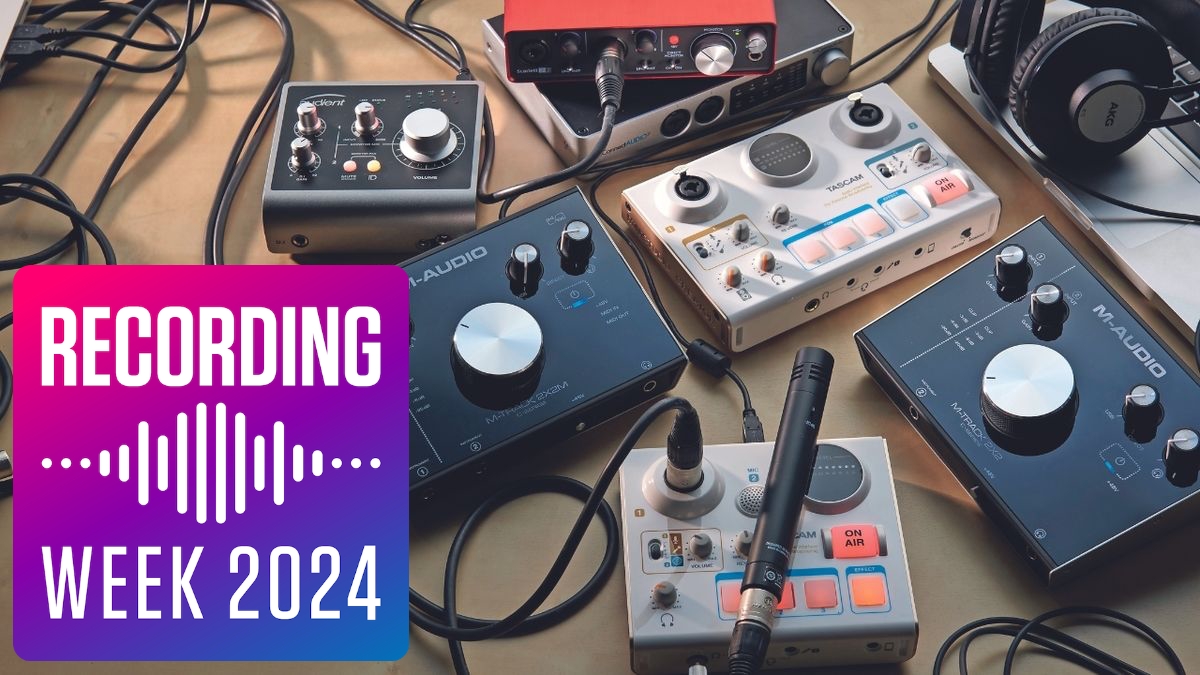
RECORDING WEEK 2024: While today’s computer makers may offer you a reluctant HDMI port, or the odd SD card slot, you can forget having any kind of mic or guitar input built into your computer. Therefore, it’s crucial to pick up an audio interface - a vital component for getting audio in and out of your computer.
In short, an audio interface adds all the slots and ports that are essential for modern music making. And often - thanks to the in-line power built into today’s USB-C standard - interfaces can be powered directly by your computer, meaning that a single sleek cable is all that’s needed, with one neat desktop box doing it all.
What are the different types of audio interface?
So, what kind of flavours do audio interfaces come in? Broadly speaking audio interfaces can be separated into three categories - let’s call them mini, medium and maxi…
• The 'Mini' interface
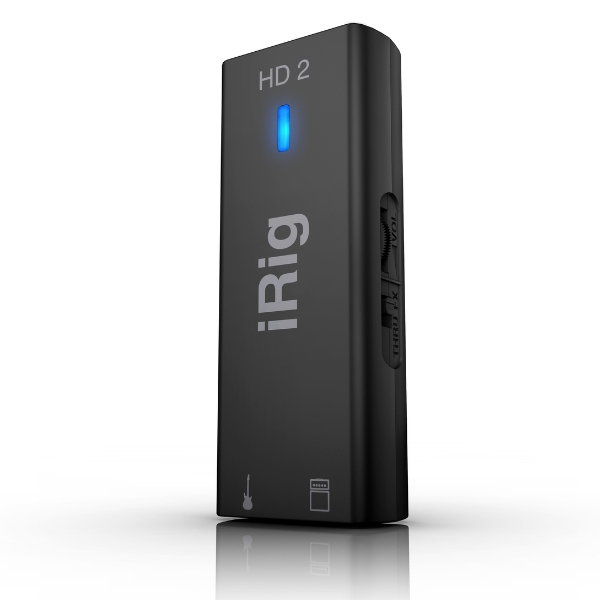
At the lower and more affordable end are the ‘minis’. These are single purpose devices designed as quick and easy ways to achieve basic interfacing.
Want to simply plug a microphone into your computer? Or jack-in your guitar? There’s certainly a mini interface for that. Mini interfaces feature a minimum of controls and inputs, being a box between the jack plug of your audio gear and the USB-C of your computer. Today, there are even interfaces that live innocuously within guitar leads.
Most often powered over that USB-C connection, mini interfaces are small, portable and affordable, ideal for newcomers dipping their toes into music for the first time, or musicians on the move.
Want all the hottest music and gear news, reviews, deals, features and more, direct to your inbox? Sign up here.
• The ‘Medium’ interface

Offering more inputs and options are what we’d consider ‘medium’ interfaces. These are the desktop workhorses of everyday music making.
Here you’ll find at least two inputs (giving a stereo pair of inputs into your DAW) and two outputs (so you can listen to the music that you’re making). There’ll most likely be a choice of input sockets (jack, XLR or often both via a TRS connector - see later for a description of these wire-types) and outputs for any and every speaker or mixer option.
And there’ll be at least one headphone socket - all important for listening to your backing track while you record the next. You may even get a digital connector allowing your interface to feed into a bigger set-up while remaining in the digital realm.
Build quality and control layouts may vary but expect something the size of a thick paperback to sit on your desk or easily slip into your backpack.
• The 'Maxi' interface

Much less portable, much more feature-packed and much more expensive are the ‘maxi’ interfaces.
Often coming in studio-standard 19” rack form these studio staples will feature eight or more inputs and just as many analogue and digital outs. They’re the nerve centre of a more ‘pro’ studio, allowing the audio on larger mixing desks to get into and out of a computer.
Expect plenty of legacy connectors for older digital formats and the ability to sling multiple units together to add as many ins and outs as your studio may require.
They may even feature DSP (digital signal processing) chips to boost your computer’s power, enabling it to take the processing load of complex plugins and effects. A good example of this is Universal Audio’s Apollos and their UAD system.
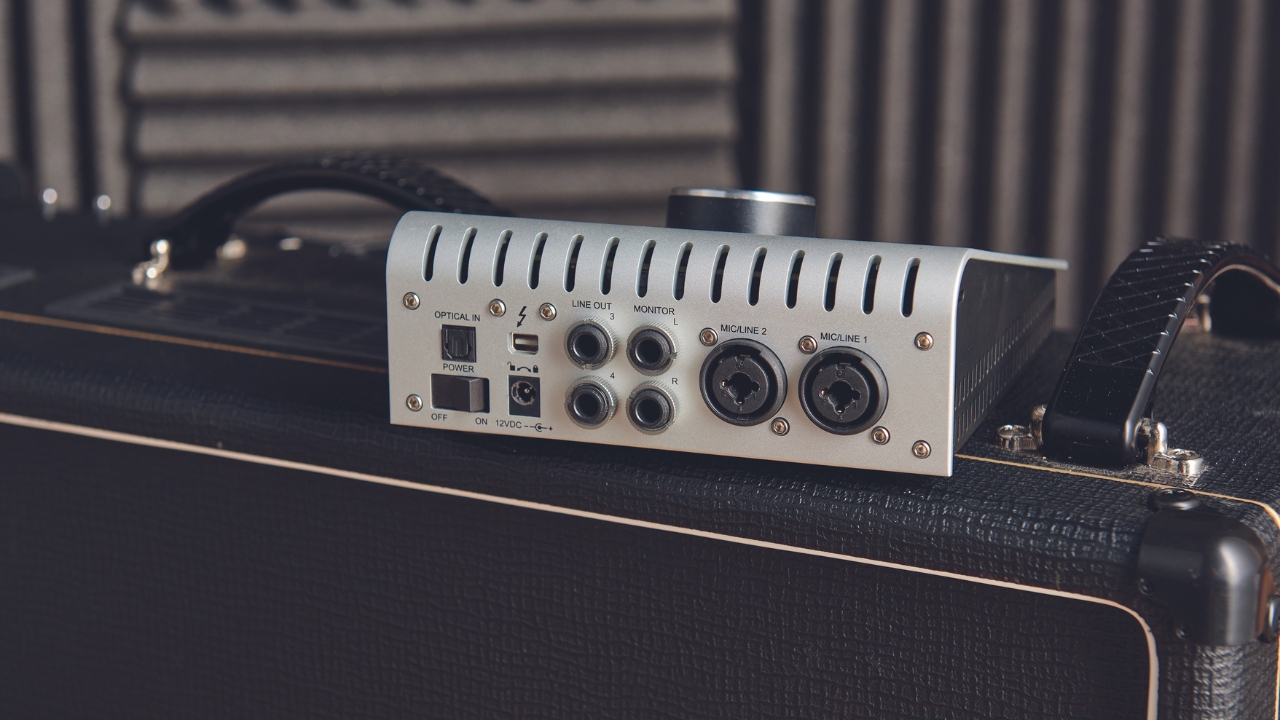
Common audio interface connections
At the end of the day audio interfaces are all about connections and the more money you spend, the more ins and outs and options you’ll get in return. Here’s what you’ll find lurking on the exterior of your new audio interface:
This is the current digital standard for connecting any kind of external gear to a computer and the way your computer will talk to, listen to and likely even power up your new audio interface, particularly if it’s on the smaller side.
If you’re using any kind of modern computer (and we recommend you do, if you’re planning on running the latest, recommended DAWs and plugins) then it will come equipped with USB-C sockets.
These flat, innocuous, double-sided slots carry data back and forth and can supply power to external devices making sleek ‘single cable’ operation possible. Larger audio interfaces - most likely with a greater number of inputs and features - will also require a power lead however.
While the PC world has settled into USB-C as a global standard, Thunderbolt (in its various numbered forms) is an ongoing Apple Mac standard that’s now transmitted over the same USB-C socket (and lead) replacing the dedicated Thunderbolt sockets from last decade. It’s therefore worth bearing in mind that if you’re using an Apple Mac that your chosen audio interface boasts ‘Mac compatibility’ or some kind of mention of its USB-C connector being ‘Thunderbolt equipped’ to prevent disappointment.
Paramount to any audio interface are its audio inputs of course. Audio ins allow you to plug in studio standards such as microphones, synths and guitars into your computer and get audio into the digital world of your DAW software. Select your audio interface as your input in your DAW and any audio going into it will magically appear at the ‘ins’ in your software. Easy. Older interfaces may require a bit of company-provided firmware to register with your operating system-type, but generally today most communicate straight out of the box.
How many ins (and what kind of ins you need) depend of course on your current studio setup and plans for the future, but suffice to say there’s the perfect interface for you somewhere out there and - thanks to today’s standards finally ironing out the uncertainty of old – you can bet that they’ll remain pretty much futureproof, working alongside new gear as and when you need and acquire it.
Audio ins come in four general flavours. High-end interfaces will cover any and every base, while cheaper ones will give you the essentials. The trick is to only pay for what you need… With an eye on how you might want to grow in the future.
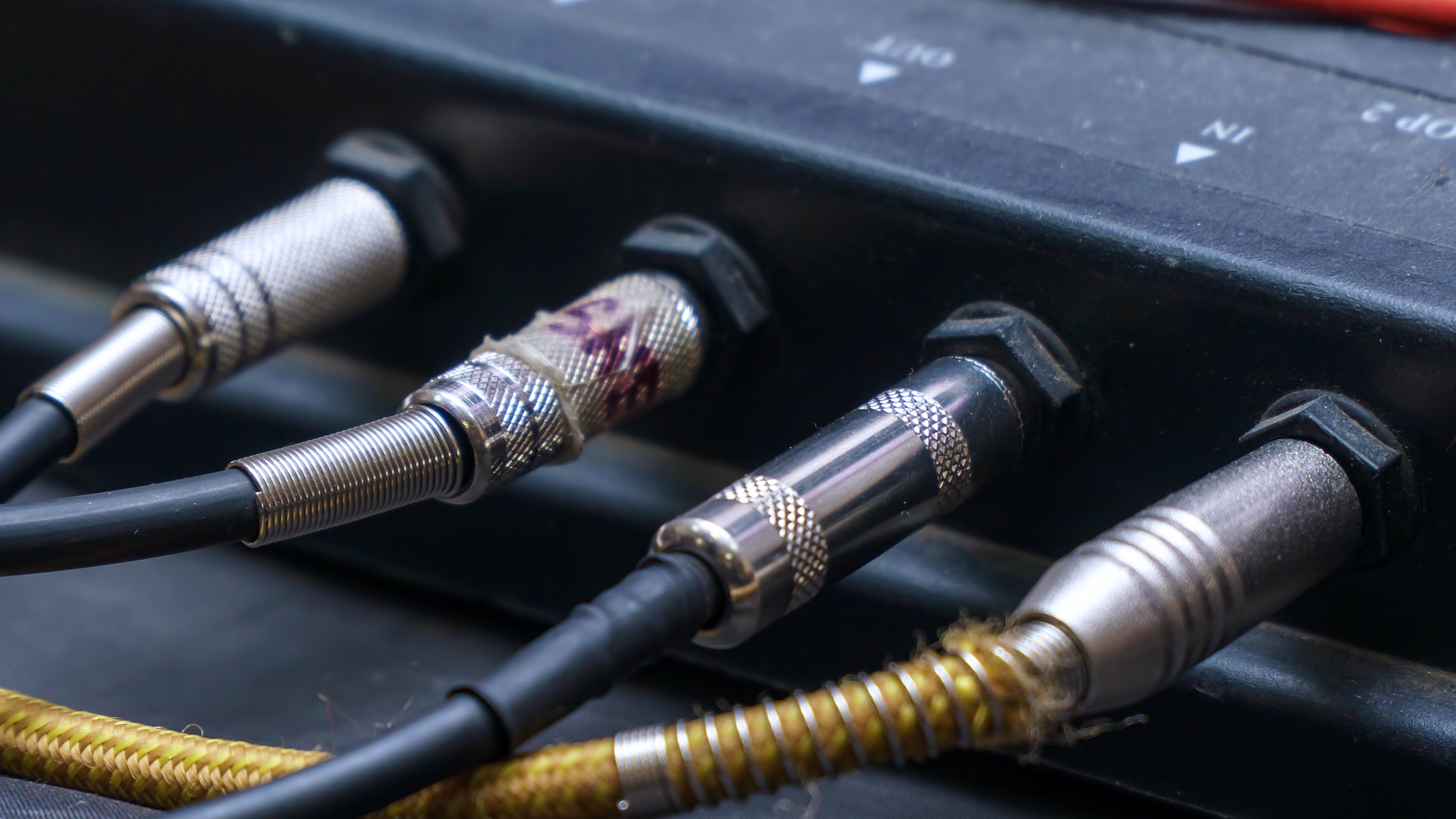
Bottom of the input pile (and most basic) are jack inputs. These are the familiar quarter-inch jack plugs that have been around since recording was invented. Look on any electric guitar and you’ll find a quarter-inch socket, meaning that every guitar lead ever has a quarter inch plug looking for a home at the other end.
These sturdy, fat leads can run to practically any length and carry basic mono sound, meaning that you’ll need two of them – a left and right output (from a synth for example) running to a left and right input on your audio interface – for a stereo input into your DAW.
Jack inputs will always come with a gain control which may be a physical knob on the interface itself or an on-screen control in the software that comes with it. Fine tuning this gain control - adjusting the ‘power’ of this input - will allow you to adjust levels for quieter input sources and make sure a good signal is making through to the record stage.
Jacks can also feature a ‘Hi-Z’ option. The gain circuit on Hi-Z sockets is powerful enough to drive an electric guitar so if you’re planning on ‘direct injecting’ (DI) guitars into your DAW to record them (without micing up amps and other fuss) then choosing an interface that boasts at least one Hi-Z-enabled jack is highly recommended.
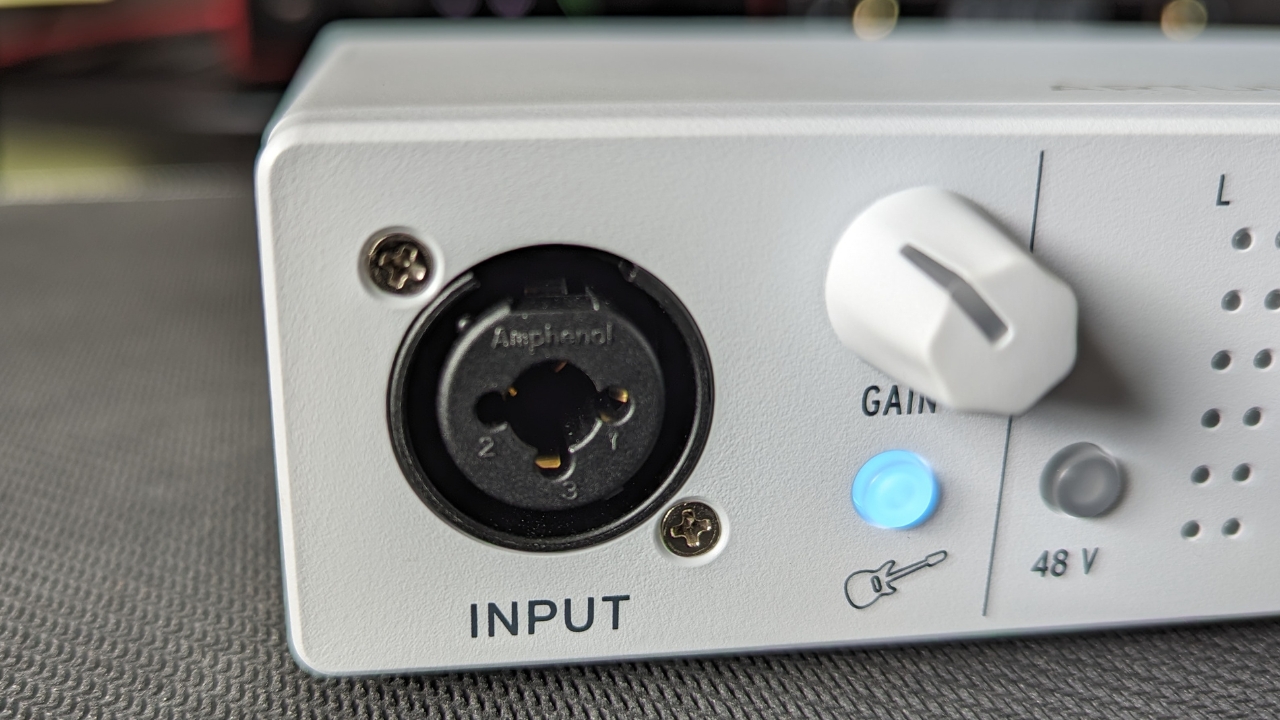
Next up are XLR inputs. These balanced inputs are higher quality connections, more befitting of more pro gear. You may find that your high-end synth has a pair of XLR outs so if your gear has got XLRs then be sure to use them to ensure the cleanest sound. Most commonly you’ll see XLR is the ‘way in’ for the kind of quality condenser mics that are a staple of any studio. More rugged dynamic mics that you’ll find in the live domain typically stick to a quarter-inch jack.
It’s safe to say that ANY audio interface worth its salt should therefore feature both jack and XLR inputs and ideally a pair of them allowing for (two channel, left and right) stereo input and thereby stereo recordings - e.g. from a synth with a stereo output or a pair of mics hung left and right above a drum kit.
The provision of both jack and XLR pretty much covers any kind of analogue input you're ever going to find therefore, but do watch out for TRS (often by manufacturer Neutrik) connectors. TRS sockets serve a double purpose, being able to take either an XLR or a jack input, allowing manufacturers to cut costs and size while still offering the same flexibility to the user.
Do bear in mind that a TRS can’t be both a jack and an XLR at once however, so if you need two XLRs and two jacks for four inputs (for example) then that will still mean that you need four TRS.

Also, look out for ADAT. This is an ageing, but classic, digital standard that’s still valid today and as such will still appear on mid to high-end audio interfaces. ADAT uses an optical digital connection that fires light down a ‘TOS link’ fibre optic cable (very much ‘the thing’ in the world of top end hi-fi back in the late 80s) However it remains a trusty and easy way to send up to eight digital signals down a single wire.
A single TOS link cable can carry eight channels at 44.1 kHz (the perfectly-good-enough CD quality) and four at (the truly pro standard) 96 kHz.
Therefore if you have an audio interface with ADAT you can expand the number of devices you can plug into it (and which will appear in your DAW as inputs) beyond the physical inputs that came on your interface. It might be that your interface has four ins - a mix of jack or XLR. By connecting your choice of ADAT-equipped pre-amp device, you can add more. An eight channel ADAT ‘pre’ for example will add eight inputs on top of whatever physical connectors your audio interface has out of the box.
It’s a useful option to have if you think your studio is going to get bigger in the future, like if you want to step up from your synth-and-a-microphone start-out into a studio capable of recording a full band all at once on multiple mics and inputs.
Even older than ADAT is S/PDIF, and sockets may be included on your audio interface to allow digital connections with legacy gear as per ADAT. These may be in the same optical/TOS link form or appear as the more usual, small round RCA socket.
Again, a legacy feature but one that’s vital if you’ve legacy gear you want to use. World Clock ins (and outs) ensures that all your older, pro digital gear is talking to each other at the same sample rate, preventing digital glitching and drop outs. Nice to have, but arguably not a necessity in today’s world.
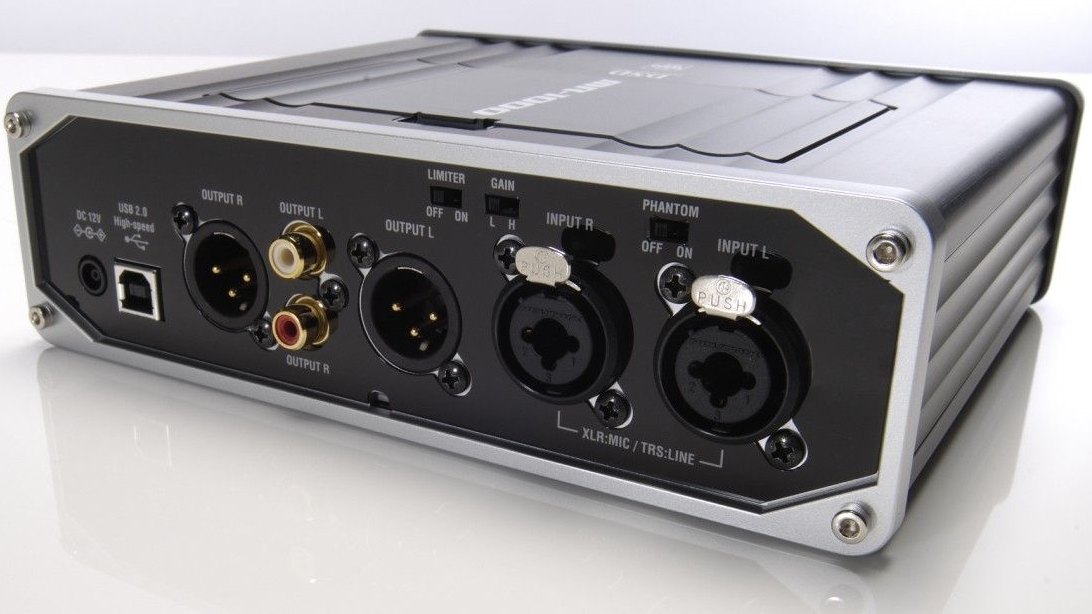
Output signals
On the way out things are a little simpler. There are analogue outputs (so you can hear your music!) and digital ones - so other devices can listen too.
You’ll therefore most likely find a combination of jack outputs (left and right), XLR outputs (left and right) and perhaps a digital/optical connector too. Just choose whichever you need to match the inputs on your chosen playback device, be it speakers, a mixer or another audio interface.
A direct XLR connection to a pair of powered monitors will give you a quick and simple high-quality way to listen to your music in stereo, with digital connectors allowing you to feed individual tracks into larger external set-ups, such as when moving a project to a bigger studio for completion.
Failing that, jack or smaller hi-fi-style RCA connectors give you a quick and easy way to connect your interface to any amp, mixer or speaker setup able to make audio heard.
Again, our advice here is to only buy what you need, but always be mindful of what you may need in the future.
A real necessity. Not just to avoid disturbing the neighbours but to allow you to hear playback of the backing track while you record the lead vocal on top. The more pro the unit, the more headphone sockets it will have, with (often) controls to select which inputs which headphones can hear.
You can then send certain sounds to certain headphones - ideal if your bassist wants to hear your drummer rather than your vocalist.
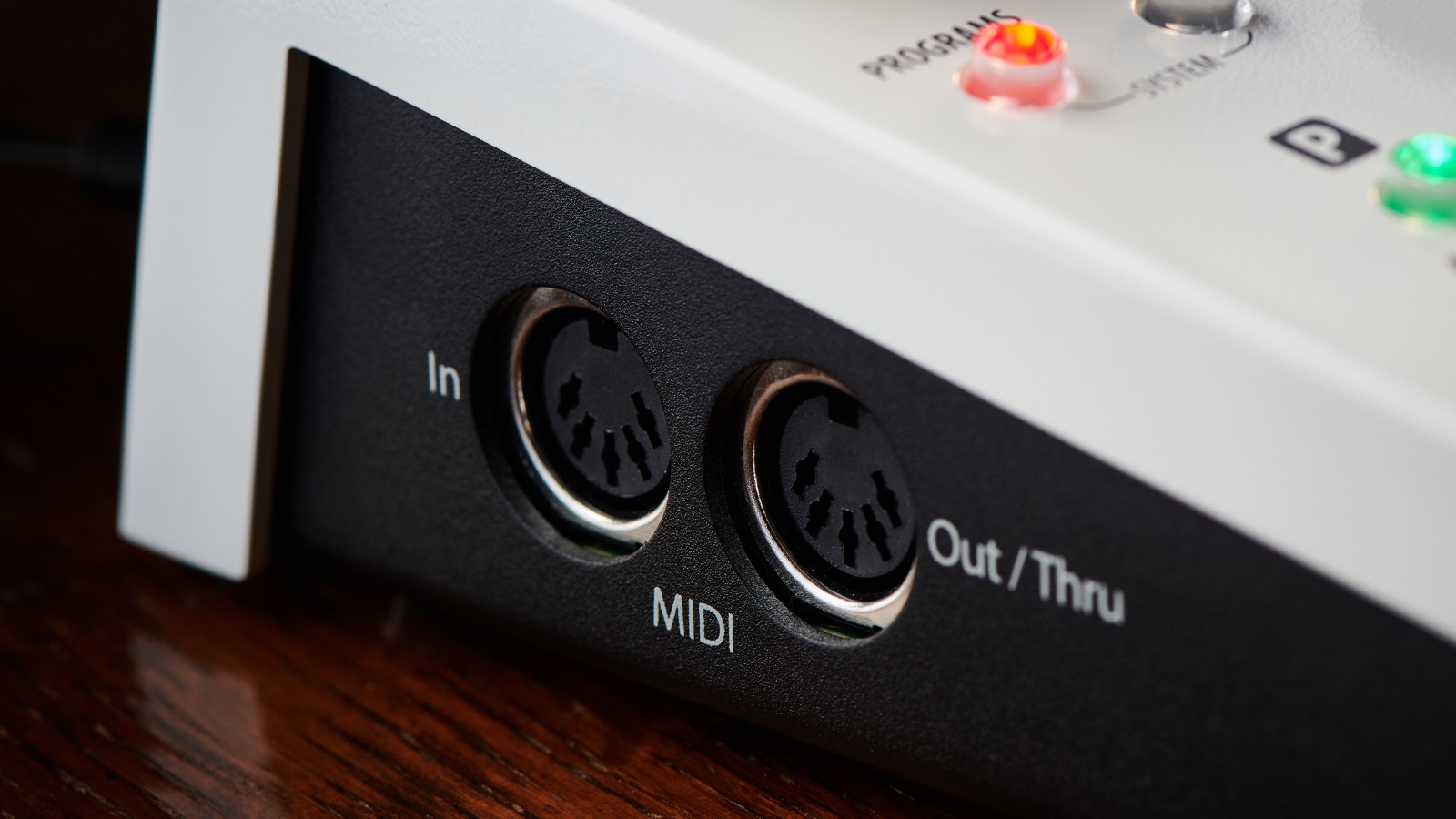
Never forget good old MIDI – the mother of all musical instrument connections. MIDI was the first digital way to transmit music as data, allowing multiple synths to be controlled by sequencers (and soon after sequencer software and DAWs running on computers) over 5-pin DIN cables.
It remains the easiest way to ‘make your computer play your synth’, avoiding any digital/USB/ins/out/sample rate confusion in favour of a simple Out-to-In lead sending the notes to your hardware (on your choice of 16 channels) and the receiving synth behaving like you’re right there pressing the keys.
If you’ve got hardware drum machines and synthesizers with MIDI ins and want to program and play them from your DAW, then having an interface with MIDI ports (Out for sending notes and In for receiving them back) is still the quickest and easiest way to make them play nice together. Most MIDI controllers released over the last five years will have a direct USB connection, however.
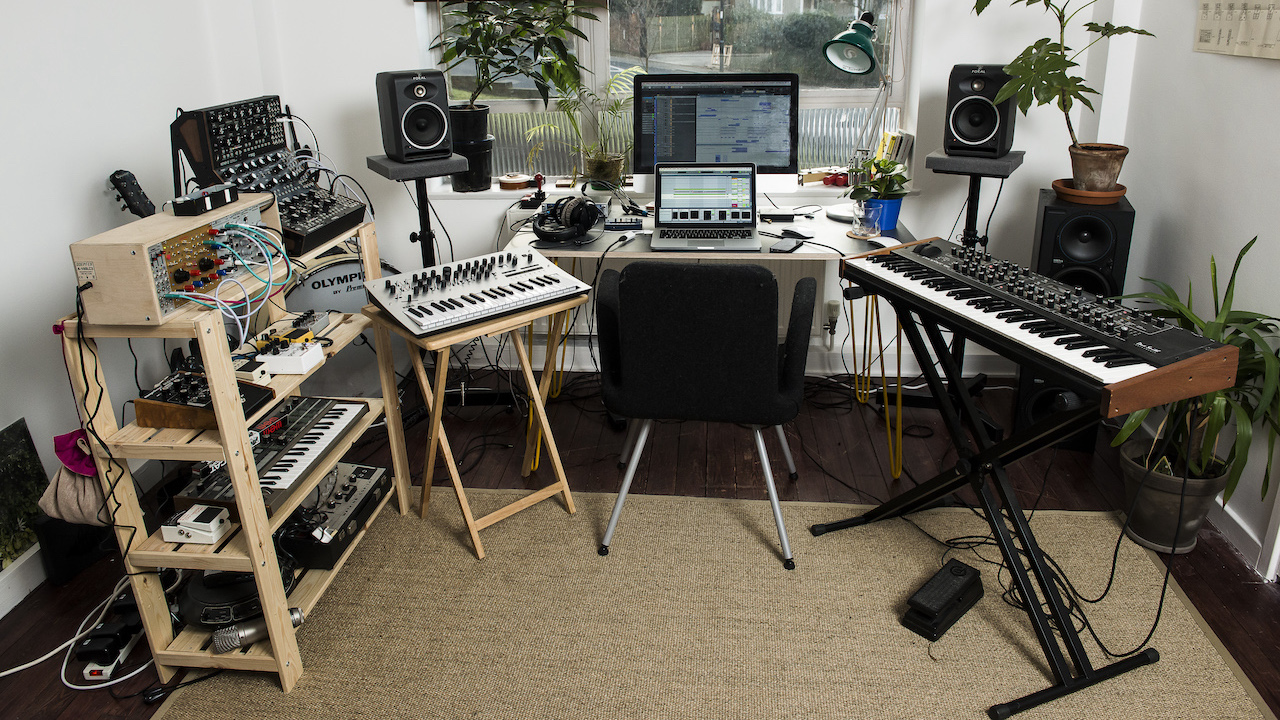
How to pick the right audio interface
PC or Mac? USB-C or Thunderbolt?
You’ll need an interface that’s going to work with your computer. Check its specs for mention of Mac or PC or Thunderbolt as its chosen format for connection.
2-in, 2-out? 16-in, 8-out?
Decide how many ins and outs you’re going to need - factoring in the fact that you may acquire and want to connect more gear in the future. An interface with a digital connection will allow you to seamlessly add more ins to your DAW (via additional hardware) as your studio expands.
XLR? Jack? Optical? ADAT?
What will you be plugging in and out? Make sure your new interface has the ports you need to talk to your existing speakers, mixer and outboard gear.
Legacy connections?
While today’s standards are slowing down and simplifying it may be that you’ve a vital bit of older gear that needs a specific connection in order to play ball.
Buy what you need… But be mindful of the future
Remember: There’s no point buying a feature that you don’t need… But do consider what kind of connections you may wish you had five years down the line.
Further reading
Best audio interface 2024: for musicians, producers, and streamers
What’s out there right now. Here’s all the hardware we recommend.
Start here: Build an affordable home studio
Your one-stop essential guide for creating your own studio. It’s faster, easier and cheaper than you think.
Start here: How to recording vocals
The basics of how to capture your vocals.
Start here: How to record synths
How to bring your hardware synths inside your DAW to blend the two worlds.
Best guitar audio interfaces: Record killer guitar parts at home with our top picks
Our pick of the interfaces that go the extra mile for guitarists.
Will upgrading your audio interface improve sound quality? It's time to bust some myths...
Wondering whether a new interface will have a noticeable impact on the quality of your recordings? We take a look at the science of what’s going on inside your interface.
7 reasons every creative needs an audio interface
From recording band demos, to streaming and session work. More reasons why an interface is absolutely essential for working with quality audio.
How to set up a new audio interface
From plugging in to wigging out, here’s a step-by-step guide to getting started with your new audio interface - for both Windows and Mac OS.
5 pro recording setup ideas: from recording bands to mixing and mastering, these recommended rigs will get the job done
There's a studio setup for every discipline; here's a look into how the professionals do their work.
Audio interface vs mixer: Which should you choose for your home studio?
There’s more than one way to get audio in and out of your computer - we look at two of the most common options for musicians.
10 things you need to know before you record your band
Your essential guide to running your first live band recording session. We’ve all the gear and tips you need in one place.
• Get more recording stories and features at Recording Week 2024 here!
Daniel Griffiths is a veteran journalist who has worked on some of the biggest entertainment, tech and home brands in the world. He's interviewed countless big names, and covered countless new releases in the fields of music, videogames, movies, tech, gadgets, home improvement, self build, interiors and garden design. He’s the ex-Editor of Future Music and ex-Group Editor-in-Chief of Electronic Musician, Guitarist, Guitar World, Computer Music and more. He renovates property and writes for MusicRadar.com.
